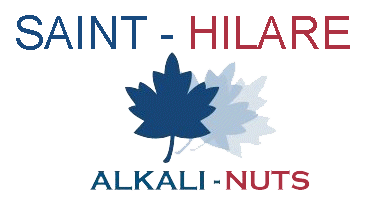Cordylite crystal
Royal Ontario Museum Mont Saint-Hilaire is the second locality for cordylite-(Ce). It can be found in exceptional crystals to 2cm in length. Many of the crystals have a transparent interior, while appearing dull and opaque on the exterior. The layered structure and perfect basal cleavage is evident in all crystal habits.
PHYSICAL CHARACTERISTICS:
- Color varies yellow to brownish-yellow and orange-yellow.
- Luster is dull to greasy to vitreous.
- Diaphaneity is transparent to translucent to opaque.
- Crystal System is hexagonal (dihexagonal bipyramidal); P63/mmc.
- Crystal Habits include hexagonal prisms to 10mm, thin hexagonal
plates to 3mm; and hemimorphic hexagonal crystals. - Cleavage: {001} is good.
- Fracture is conchoidal.
- Hardness is 4.5
- Specific Gravity is approximately 4.0g/cm3.
- Streak is white.
- Associated Minerals include aegirine, albite, ashcroftine, bastnäsite,
brookite, calcite, elpidite, leucosphenite, lorenzenite, narsarsukite and
quartz. - Distinguishing Features: Crystal habit.
- Origin: Named in 1898 from Greek kordyn, the club (kordoni, string),
alluding to the shape of its crystals.
| Dana class # | 16a.1.7.1 – Carbonates; carbonates containing hydroxyl or halogen |
| Strunz class # | V/C.7-170 – Nitrates, carbonates & borates; water-free carbonates with unfamiliar anions; bastnäsite-(Y) – mineevite-(Y) series |
